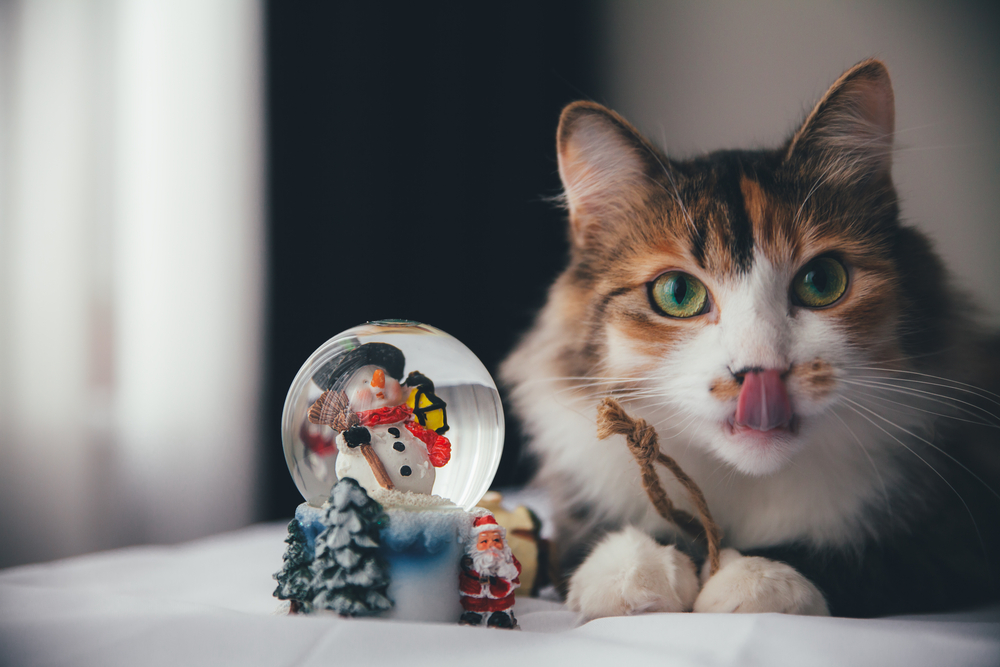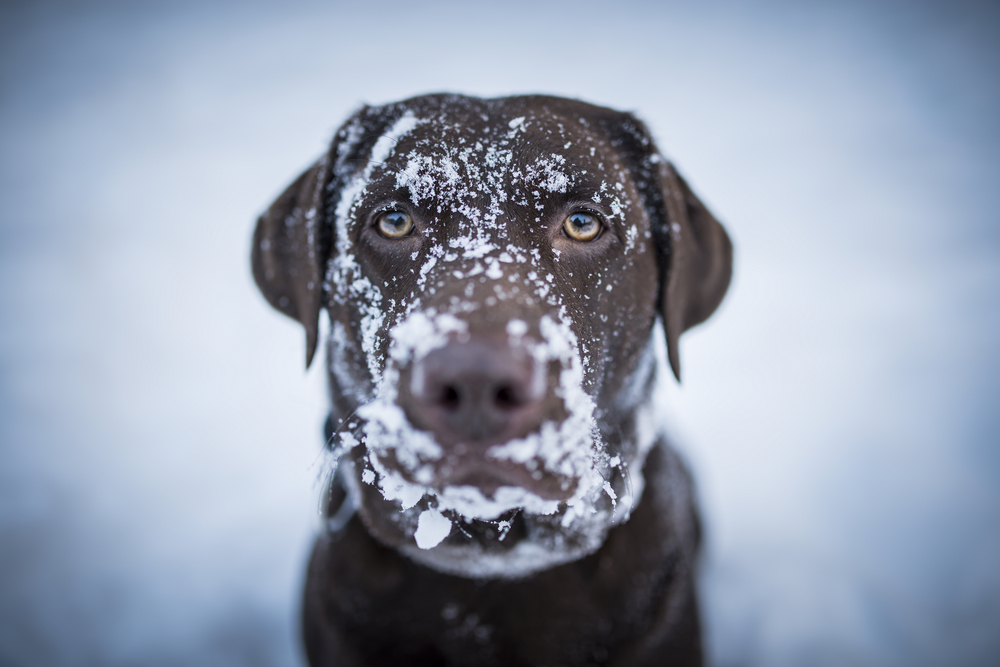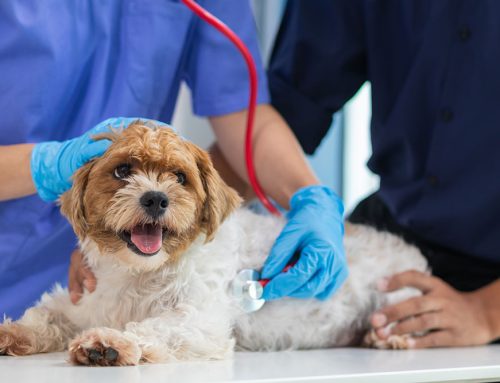Although not all dogs are blessed with the ability to write letters, we were able to sneak a peek at a local Labrador’s letter to Punxsutawney Phil, the weather-predicting groundhog. We share Leroy the Labrador’s sentiments in entreating Phil for a warm spring prediction, because this winter is already taking its toll. Take an inside look at Leroy’s plea to Phil, and learn how to prevent his cold-weather mishaps from happening to your own pet.
Dear Punxsutawney Phil,
As a short-haired dog afflicted with Cushing’s disease, I am begging for a favorable weather prediction on February 2. Although the winter solstice recently passed, I am desperate for signs of spring weather, as this winter has been rough on me. I’ve suffered through a mild bout of hypothermia, cracked and bleeding paw pads, a touch of frostbite on the tip of my tail, and a terrifying experience at my favorite pond. I’m ashamed to say that I’ve been bored out of my mind while trapped in the house, and have succumbed to cabin fever—the new couch now has a more “vintage” look with a few teeth marks. And, my inactivity has packed on the pounds, making my arthritis much worse with the damp and cold weather.
I know you don’t take bribes, but if you could find a way to sway the seasons and bring warm sunshine and banish icy snow, I’d greatly appreciate it. My paws are crossed that you don’t see your shadow.
Warm tidings,
Leroy the Labrador
Poor Leroy has certainly suffered this winter, from hypothermia and frostbite, to paw pad casualties, and thin ice. Learn from his mistakes to ensure your pet has an enjoyable winter experience while we wait for Punxsutawney Phil’s weather prediction. Here are the top five pet dangers encountered during cold weather.
#1: Hypothermia
Hypothermia, or a too-low body temperature, can affect any pet, regardless of breed or hair coat. Pets who are more susceptible to chilly conditions include those who are short-haired, young or old, ill, or have chronic conditions, like metabolic or hormonal diseases (e.g., Cushing’s disease or diabetes). Pets have varying cold tolerance, so prevent a tragedy by monitoring your furry friend for hypothermia signs, which include:
- Shivering
- Lethargy
- Pale or blue gums
- Weakness
- Fixed pupils
- Shallow breathing
- Slow heart rate
- Coma
At the first sign of hypothermia—usually shivering—bring your pet indoors to increase her body temperature. Use a hairdryer on a low setting to dry melting snow and ice, as damp fur can keep your pet chilled. Place socks filled with rice, and warmed in the microwave as a makeshift heating device, around her body. Keep your eye on your pet, and check her temperature rectally to watch for an increase, and to avoid overheating.
#2: Frostbite
Your pet’s hairless extremities, such as her ears, toes, and tip of the tail, are usually the first to be affected by frostbite. However, while your pet’s ears will often feel chilled after only a few minutes of being in the frigid outdoors, you must monitor all her extremities to ensure she does not succumb to frostbite.
#3: Paw pad injuries
Pets who enjoy romping outdoors in the snow and ice commonly injure their paw pads, as they do not realize their own limitations, and ice can slice the toughest paw pads. For dogs who enjoy winter weather and need to go outdoors to burn off energy, well-fitting protective booties can help or, if your pet will not tolerate booties, a thick layer of paw balm can protect her pads from snow, ice, and salt.
#4: Thin ice
Small bodies of water, such as ponds and streams, can be deceiving—they can appear to be covered with a thick ice layer that is safe to tread on, but can easily crack in a thin, weak spot. Keep yourself and your pet safe by avoiding all ice-covered water sources, no matter how thick the ice looks.
#5: Winter chemicals

Many winter chemicals have become more pet-friendly, but some, such as ethylene glycol antifreeze, snow globes, windshield deicers, and sidewalk salt, still are hazardous to pets. If possible, purchase pet-safe propylene glycol antifreeze and sidewalk salt to minimize toxin risk. Also, remove possible chemicals from your pet’s fur, legs, and paws as soon as you come indoors, to prevent your pet licking her fur and ingesting sidewalk salt she may have picked up on her daily walk.
Hopefully, spring is on its way and we can put cold-weather hazards in our past. But, if your pet encounters a chilly catastrophe, give us a call.








Leave A Comment